The tokenization of real-world assets (RWA) is at the heart of the financial future on blockchain, but the real challenge is not technical: it is regulatory. This is the key message that emerged during one of the most anticipated speeches of the Paris Blockchain Week 2025, in which Cryptonomist participated at the forefront to bring you exclusive insights.
During the panel, prominent experts from global financial institutions, blockchain startups, and regulatory authorities discussed adoption, compliance, DeFi licenses, and interoperability. The result? A clear picture: the future is tokenized, but a clear regulatory framework is needed to scale it.
The importance of regulation for adoption
“`html
The debate was inaugurated by a representative of one of the main regulated financial institutions, emphasizing the importance of collaboration with entities like the European Central Bank (ECB). The results of the digital money trials conducted by the ECB have provided concrete insights for building products based on digital currency and understanding market needs.
“`
“Regulation is crucial to build trust and allow issuers and investors to operate at scale”, was said on stage.
It is not just about regulatory compliance, but about enabling real, sustainable, and global adoption.
Montra: DeFi licenses, yes, but only where needed
Particularly interesting is the speech by the co-founder of Montra, a company that develops blockchain infrastructure both at the protocol and application levels.
“We operate from a non-profit foundation in Switzerland for the issuance of tokens, but the real regulatory action takes place at the application level, where trading and investment occur.”
The Montra case is emblematic: after avoiding the US market for years, the company has recently obtained an innovative DeFi license in Dubai, covering activities of brokerage, exchange, and asset management entirely on-chain. An example of how regulation can enable new models, if supported by a jurisdiction open to innovation.
LSEG and Goldman Sachs: the approach of global institutions
Institutional players such as the London Stock Exchange Group and Goldman Sachs have shared their vision.
The LSEG highlighted how MiCA, the European regulation for digital assets, is trying to “adapt what already exists to the new world.” A gradual but necessary approach to ensure a bridge between traditional finance and decentralized innovation.
Goldman Sachs has instead illustrated its own tokenization system GS DAP, built with smart contract DAML and strongly focused on privacy, permissioning, and interoperability. Objective: allow market operators to reuse their existing infrastructure even in the blockchain ecosystem.
Interoperability and secondary markets: the true technical challenges
Contrary to what one might think, technology is not the bottleneck for the tokenization of real assets.
“Tech is the easy part. The difficult part is ensuring that the real-world value is legally recognized on-chain,” was reiterated during the panel.
The main challenges are:
- Creation of liquid secondary markets for RWA tokens
- Quality products: it’s not enough to “tokenizzare”, it’s necessary to offer real value
- Interoperability between private and public blockchains
- Connection to legacy systems of traditional finance (e.g., settlement cash)
The convergence between DeFi and TradFi is still distant
One of the most honest and interesting reflections came at the end. Despite the enthusiasm for tokenization, the retail public is not yet ready to embrace “boring” assets like tokenized T-bills or private credit funds.
“Those who are in DeFi today are looking for crazy returns, not the 5% of a bond. A cultural and regulatory convergence is needed to achieve true adoption.”
In other words, the path is set, but to travel it will require licenses, liquid markets, technical infrastructure, and a change of mentality.
Conclusion: the future RWA is tokenized, but a direction is needed
From the speech, a certainty emerged: the tokenization of real-world assets is no longer a theory, but a necessity. However, to achieve true adoption, the sector must:
- actively collaborate with regulators,
- create interoperable infrastructures,
- and offer appealing products for both institutional and retail investors.
At the Paris Blockchain Week 2025, there was a sense of optimism, but also awareness. And we at Cryptonomist, present to document these key moments, will continue to narrate the evolution of this ecosystem in real-time.
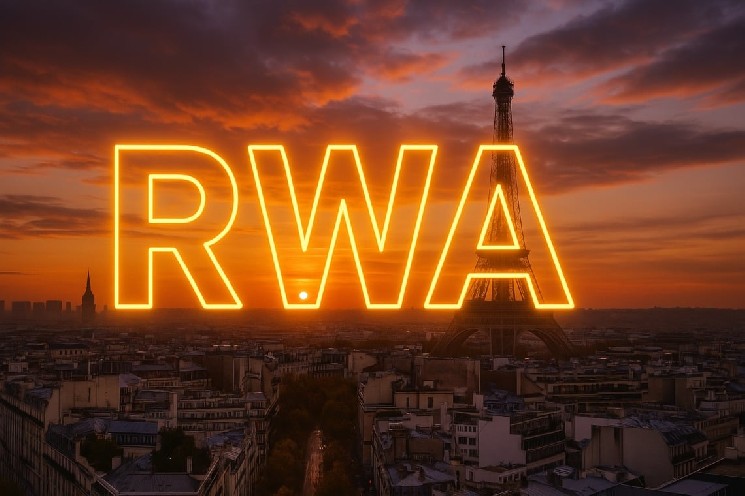


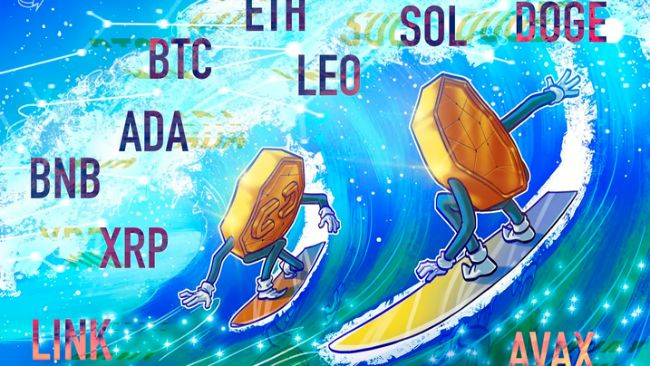


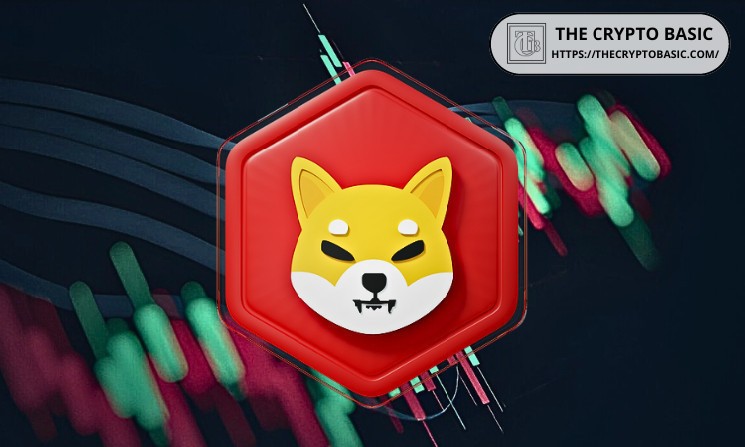

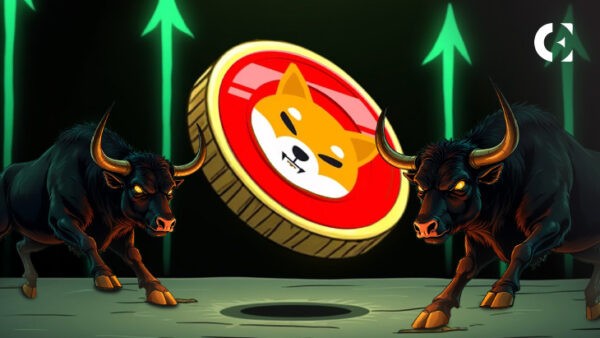
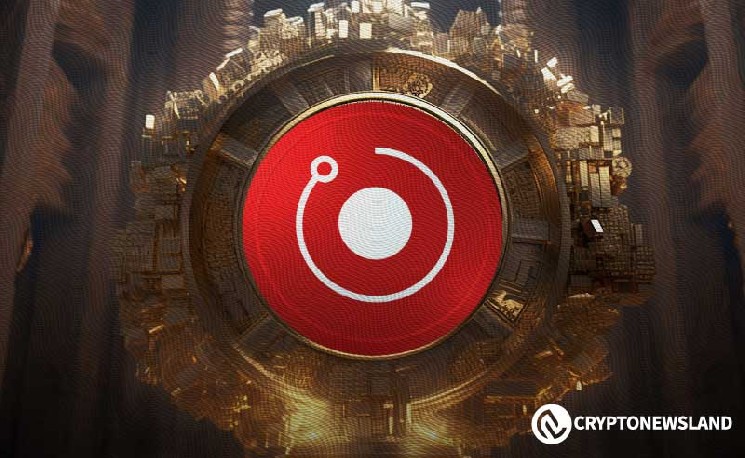
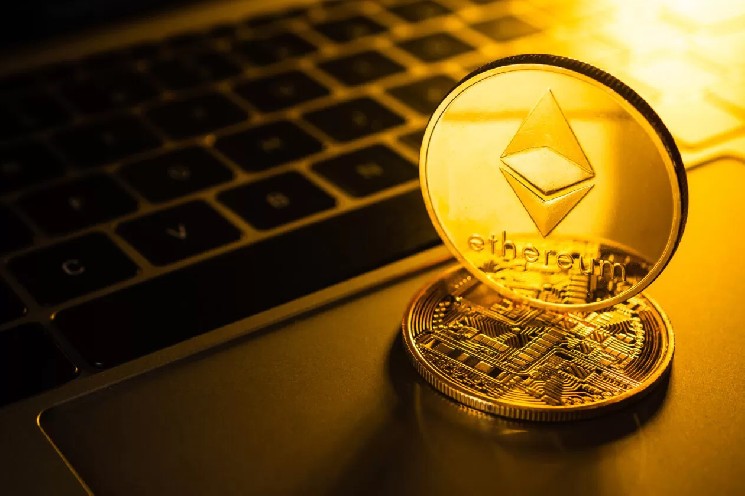


Leave a Reply